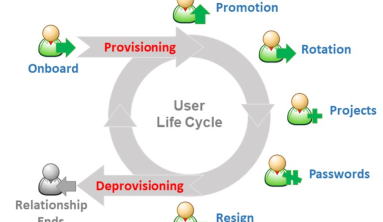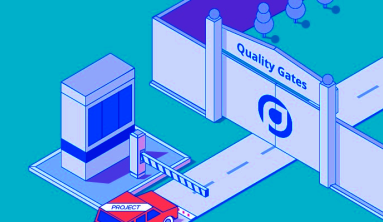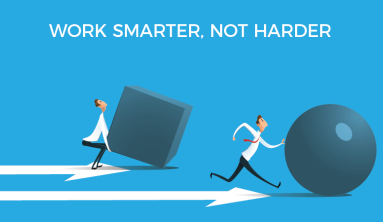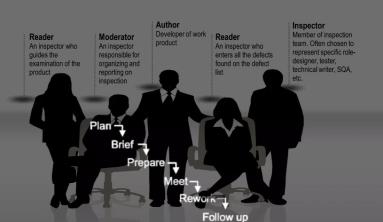Donald J. Reifer is recognized as one of the leading figures in the fields of software engineering and management with more 40+ years of progressive management experience in both industry and government.
Software development processes have evolved over the past decades as people learn what works and what doesn't work. Although we don't have centuries of experience like other fields such as building houses, we have learned a great deal. There has been some pushback against the long formal software development processes (waterfall) that have been replaced with Agile software development. But some formal processes are still needed to match the agility. Included in these processes is the important concept of software benchmarking.
What is software benchmarking?
Software benchmarking is the collection of and comparison of data from multiple sources. This process doesn't necessarily have to do with software, and recognizing that helps you build a formal plan for software benchmarking. On the other hand, you might be benchmarking the software development process itself to determine if teams are working as efficiently as possible.
Consider the situation of comparing insurance rates. You might make a few phone calls, visit a few websites, and gather up the data but before you can compare the data, you need to normalize it to make sure you're not comparing apples to oranges. Are you comparing monthly rates to bi-annual rates? Are the rates for the same services? Similarly, with benchmarking software development processes, you have to make sure your data is normalized. To get the data normalized, you need to use a formal process, just as you do with software quality in general. In a sense, designing a software benchmark is similar to architecting software itself.
Software benchmarking process
- Needs assessment: What are you trying to accomplish? Create the questions you need answered, and determine if those questions cover everything, you need to know. Are you factoring in cost? Often software developers think of software benchmarking strictly in terms of time, i.e. which program runs faster. But benchmarking is much broader and includes costs, quality, and so on.
- Industry/Domain Classification: You need to determine what type of benchmarking you need based on the industry and domain. From there you can determine whether you can use standard benchmarking tests developed by experts, or if you need to develop your own, specific benchmarking tests.
- Data Collection: This step is, of course, vital, yet it's easy to take it too lightly. In the previous steps, you determined what data you need, in this step, we cover not just the data collection itself, but how you're going to collect it. Some data might be collected automatically by software; other data might be collected through surveys from users. The data collection process might take only minutes; or, it might take months, depending on your needs. In either case, you'll want to survey the data you're collecting to make sure it's consistent and is providing the information you need.
- Data Normalization and Purification: As the data comes in, you need to make sure it's normalized. A trivial example is that if some data is in US dollars and other data is in Euros, you need to normalize it to a single currency. You also need to remove data that might be inaccurate or could improperly skew the results. This, of course, will likely involve standard statistical models and methods.
- Data Comparison and Benchmark Preparation: After the data is collected, you have your benchmarks. More analysis takes place here, however. If the data seems incorrect, then perhaps it is. Do some more digging and find out why, and if the tests need to be performed again.
- Benchmark Reporting: The process of reporting the data is also not trivial. The results need to be presented in an accurate but usable fashion target at a specific audience. Business managers would need different information than technical managers.
- Improvement Recommendations: As with any process, your benchmarking process will likely have room for improvement. Are you gathering the necessary data? Are you packaging the results into reports that are useful?
Via:





